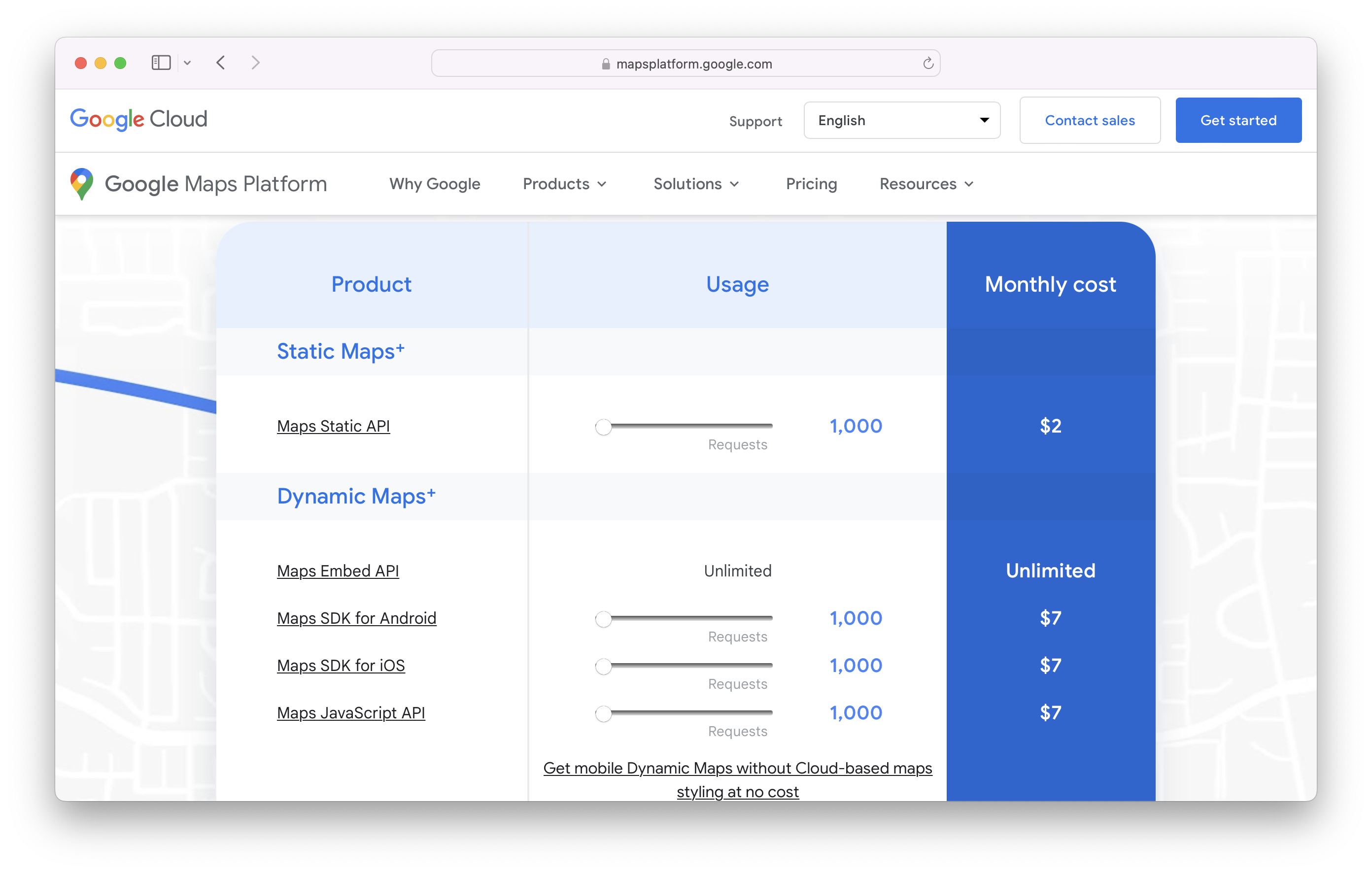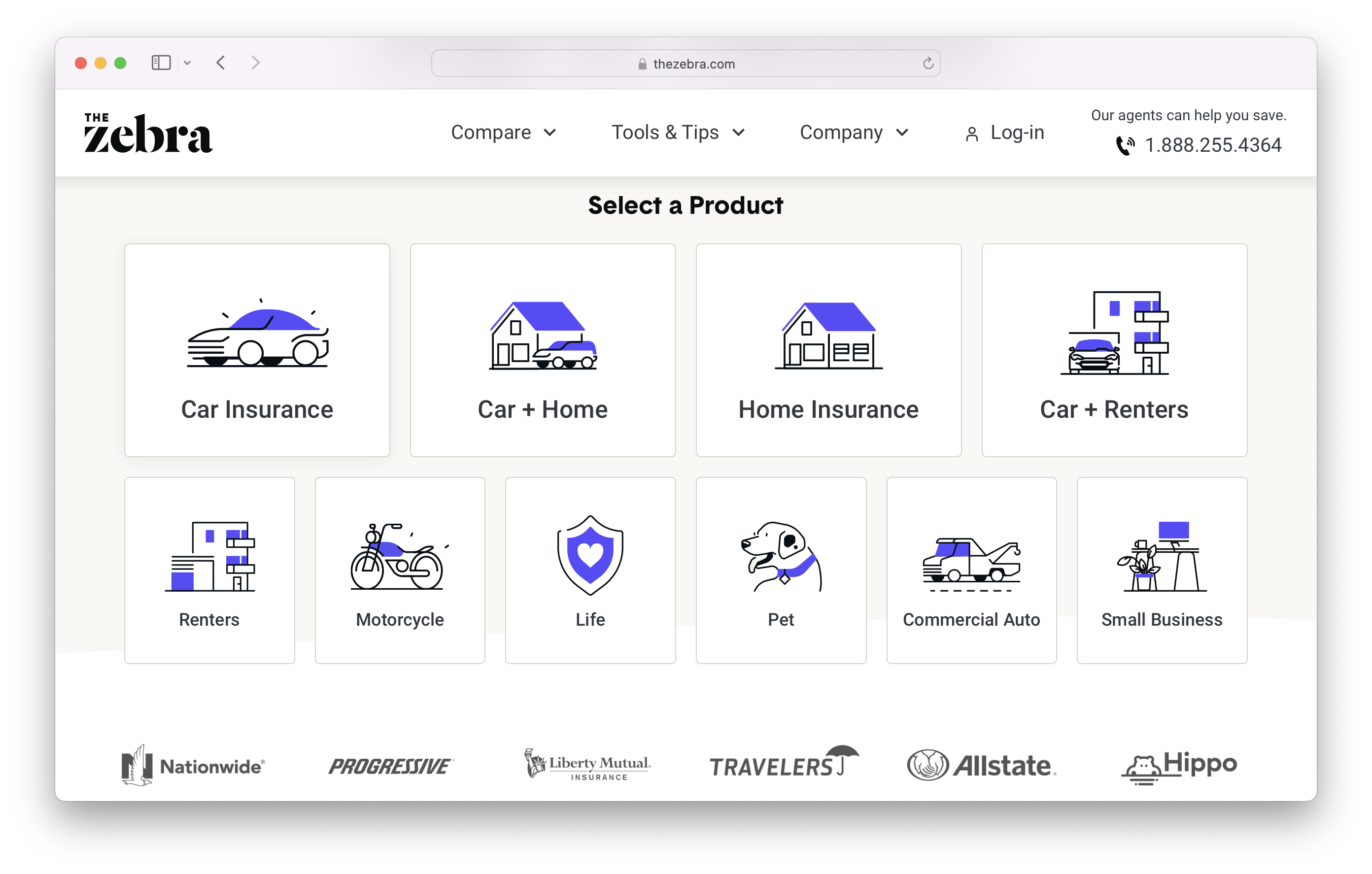
The API economy has exploded over the past few years as digital maturity catapulted to the top of business priority lists during the COVID-19 pandemic. We’re now operating digitally in ways previously thought to be several years (or more) in the future. APIs are a huge part of powering this new digital landscape, and as a result companies are increasingly seeing API monetization as a potential new revenue stream.
The API management market size is expected to more than triple between 2022 and 2027 at a CAGR of 25.1%. Companies that create and share high-value APIs currently have a significant opportunity to build and/or grow a competitive advantage using API-focused business models and smart API monetization strategies.
In the sections that follow, we’ll explore many of these potential strategies, real-world examples of success, and ways to choose the one that’s right for your business.
Quick Takeaways
- API traffic has exploded across industries since 2020, especially in the healthcare and financial services industries.
- Determining the value offered to key participants in the API value chain is necessary to know if API monetization makes sense as a goal.
- API monetization strategies include dozens of business models categorized by revenue flow (i.e., developer pays for use, revenue is shared, or indirect revenue is earned).
Why monetize your API?
"Not reinventing the wheel" is a core tenet developer culture. In other words, if a solution already exists, use it — don’t build it again. This is one of two big reasons why an opportunity for API monetization exists.
The other big reason? API usage is growing exponentially. Google’s State of the API Economy Report from last year revealed that explosive growth in API usage is occurring across the board, especially in industries most disrupted by the COVID-19 pandemic — API usage grew by 400% in healthcare and by 125% in the financial services industry between 2020 and 2021.
If your business is thinking about pursuing API monetization for your business, whether to do it or not all boils down to value. First: Does your API deliver value to developers creating new things in your industry and ecosystem? Second: Is your target audience in an industry where APIs are being used at a high rate?
The answer to the second question in 2022 is almost always "yes" — APIs are a core part of the digital transformation happening in every industry. The trickier question is around whether other developers will find value in what your API can offer.
Understanding the full API value chain can help you figure this out. There are three important value components you should consider: the business use case your API serves, the value to the developer as they create new things, and the value delivered to end users.
In the end, if you’re not sure whether developers would pay for your API, the best way to find out is to ask them directly. Use API portals and API engagement platforms to collect feedback to determine the type and level of value your API delivers.
Choosing an API Monetization Strategy
If you’ve determined that API monetization is right for your organization, it’s time to choose your specific monetization strategy. The web of business model options can be complex. To make it easier to navigate these options, it can be helpful to categorize them according to revenue flow.
Developer pays
The most straightforward of the three categories, a “developer pays” business model means, simply, that the developer pays the API provider to use the API. There are several models that fall under this umbrella, many of which are probably familiar:
- Pay-as-you-go - Developers pay only for what has been used.
- Freemium - API is free for certain features and/or a certain amount of usage, after which payment is required.
- Tiered - Multiple access levels are offered at different price points.
- Points-based - API features are assigned points values, and developers buy points beforehand or pay per amount of points used.
- Transaction fee - A portion of revenue from every transaction goes to the API provider.
In many cases, companies utilize a combination of these models to create a best-fit API monetization strategy for their business. For example, Google Maps uses a freemium model to monetize their API, but paid plans utilize a tiered model.
The pricing model listed on their website allows users to see exactly how much they’ll pay depending on the tier.

Google Maps API uses a freemium and tiered model as part of their API monetization strategy.
Developer gets paid
In “developer gets paid” scenarios, the API provider offers a financial incentive for developers to use it. Models included in this category include:
- Revenue share - Use of the API drives revenue for both the API provider and consumer (developer).
- Affiliate - Partners share provider content to drive traffic to the provider and are paid by engagement level (could be measured by impressions, clicks, etc.).
- Referral - Similar to the affiliate model, but revenue is paid only when the end user makes a purchase.
Insurance comparison website The Zebra is an example of a shared API revenue model. The site lists pricing and agent information from a number of insurance agencies (pictured right on their homepage as shown below). The model benefits The Zebra (the more agency information they have, the more valuable their site is) and insurance agencies (they gain visibility).

Insurance agencies included on The Zebra platform, as listed on their homepage.
Indirect
Indirect models, which do not involve direct payment, may not be considered API monetization strategies in the strictest sense. Still, they are worth mentioning here because, by delivering value to developers and end users, these indirect models can have a positive impact on company revenue and growth.
Indirect API monetization approaches can include offering free APIs that facilitate integration with your services, thus making it easier for people to do business with you. They can also involve looking at internal APIs that boost productivity or shorten the time to market for your most in-demand offerings through a monetization lens.
Indirect monetization, in other words, highlights the fact that APIs can deliver business value beyond their technical implementation. Sometimes that business value is realized through cash on the barrelhead. Sometimes that value is realized through new sales opportunities or increased profitability. In any case, these approaches should encourage you to think about API monetization in a holistic way.
.png?width=140&height=107&name=BTMPlaybook-FI%20(1).png)

